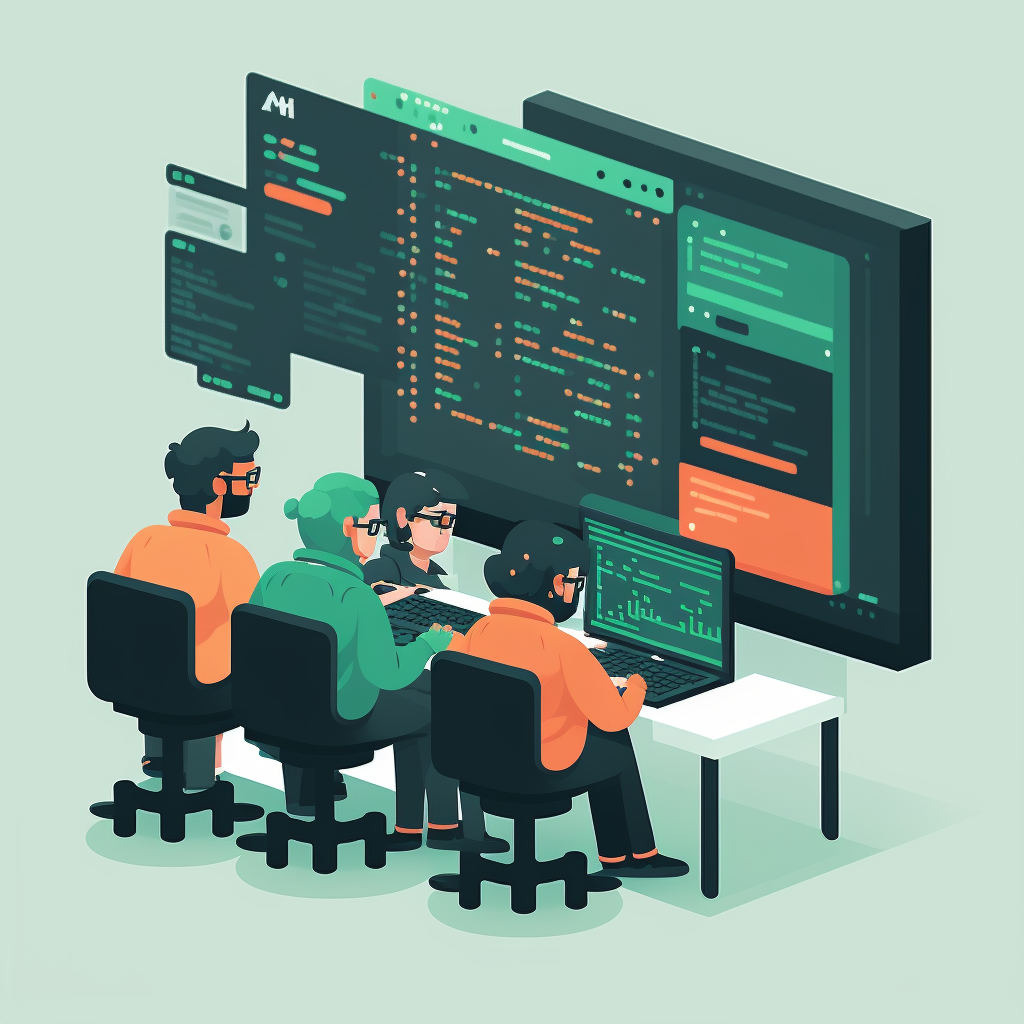Building an application for users in multiple languages can be a daunting task, but it is essential for reaching a global audience. However, translations can easily go wrong, and small mistakes can have a significant impact on the user experience.
Bad localization can cause confusion among users
One of our clients, a leading e-commerce company, learned this lesson the hard way. They had spent months designing and developing their mobile application, ensuring that every detail was perfect. They were confident that the application would be a hit with users, regardless of their language.
The team at the e-commerce company used Adobe XD to design their mobile application, taking advantage of its powerful design tools and prototyping capabilities. They spent countless hours perfecting the user interface, ensuring that every button and feature was intuitive and easy to use. They also put a lot of effort into making the application visually appealing, using Adobe XD’s design assets, and layout options.
However, during the localization process, they realized that the translations of the design elements and text did not match the original intent and caused confusion among the users. The design elements that were meant to be visually appealing in one language became unappealing or even confusing in another language. The team realized that they needed to take a holistic approach to localization, and not just focus on the text translations, when the application was released in multiple languages, they received a flood of negative reviews from users who were frustrated with the poor translations. They quickly realized that they had made a crucial mistake by relying on low-quality machine translations instead of AI-Powered machine translations.
The company reached out to us, and we helped them implement FluentC, a powerful translation management system. FluentC allows them to easily manage translations and implement enhanced machine translations and available manual translations to ensure that the application is accurately translated into multiple languages, and also provided them with a way to handle the design elements translations, like images, icons, and layout. With FluentC, the team was able to easily manage translations to ensure that the application was accurately translated into multiple languages while keeping the design elements’ intent.
With FluentC, the company was able to quickly address translation issues and improve the user experience for its global audience. They were also able to save time and money by streamlining their translation workflow and avoiding the costly process of re-releasing the application.
In conclusion, building an application that is ready for users in multiple languages is a challenging task. However, it is essential for reaching a global audience. By using FluentC, you can easily manage translations to ensure that your application is accurately translated into multiple languages, saving time and money while providing a better user experience.
FluentC - Localization

